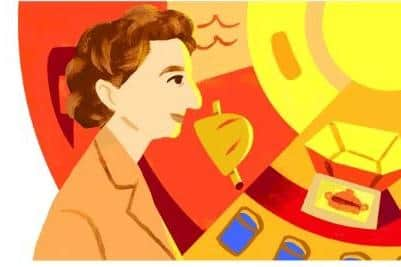Maria Telkes: Google Doodle honours prolific solar energy scientist Mária Telkes
The Hungarian-American scientist and biophysicist was known for inventing multiple solar power devices and technologies.
Here’s everything you need to know about the ‘Sun Queen’ biophysicist.
Who was Maria Telkes?


Advertisement
Hide AdAdvertisement
Hide Adborn in Budapest, Hungary, on this date in 1900, Telkes studied physical chemistry at the city’s Eotvos Lorand University from 1920, earning her doctorate in 1924. She emigrated to the US after graduating where and took a number of research roles before co-writing the book Phenomenon of Life with her mentor, George Washington Crile.
Granted American citizenship in 1937, she took a job with the Massachusetts Institute of Technology (MIT) studying solar energy in 1939.
During World War II, she worked with the U.S. government to help develop a solar distiller that converted seawater into fresh water and was used by soldiers stationed in the Pacific in hostile and arid environments.
In 1948, after being let go by MIT, she designed the the Dover Sun House. The system channelled the heat of sunlight into a special material between the walls, Glauber’s salt, that absorbed the energy. As the salt cooled, it would release the stored energy as heat, keeping the house (referred to as the Dover Sun House) warm. Both Dr. Telkes and architect Eleanor Raymond who worked on the project were featured in the media, popularising the term ‘solar energy’.
She also helped research solar energy at prestigious institutions such as NYU, Princeton University, and the University of Delaware. Dr. Telkes died in Budapest on 2 December 1995, aged 94.